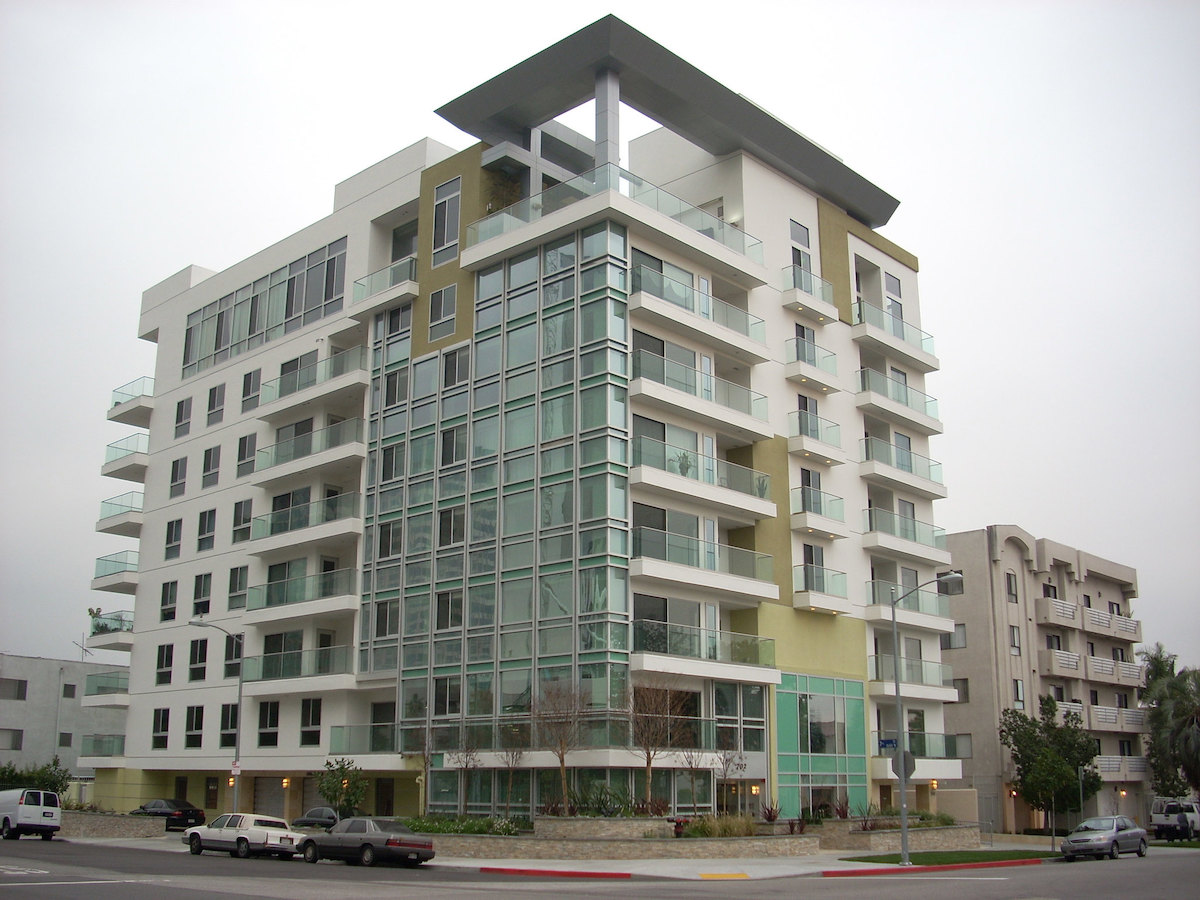Time is Money, and Money is Housing: Approvals Done (By)-Right

The results are in: The City of Los Angeles’ Transit Oriented Communities (TOC) program of permitting new housing “by-right” has helped build more below-market rate affordable housing, faster, than housing proposals in the city that are still subject to discretionary review. A new analysis by Manville et al (2022), a group including California YIMBY’s Research Director Nolan Gray, finds that by-right permitting was critical for the program’s success.
Key takeaways:
- By-right approvals work: “by-right projects were permitted 28 percent faster than discretionary projects,” after controlling for neighborhood characteristics.
- Faster timelines aren’t the only benefit: “By-right projects also had less variance in their approval times, suggesting that by-right approval offers not just more speed but more certainty.”
- Because of these benefits, streamlined projects tended to provide more affordable housing, as the authors observe “an increase in average project size and the number of units reserved for low-income households.”
Los Angeles’ Transit Oriented Communities (TOC) program was implemented in 2017 after the passage of Measure JJJ by voters the previous year; the ballot measure included mandates for new affordable housing policies. TOC is effectively a transit-specific, local version of California’s state density bonus, which allows greater density in exchange for more affordable units, with one critical improvement: it enables some qualifying projects of larger sizes to be approved “by-right,” without project-specific discretionary hurdles.
As a result of the removal of discretionary city processes, many larger projects, with more affordable housing, were thus guaranteed a shorter, more predictable permitting timeline.
Manville et al surveyed “all multifamily projects (10-plus units) issued building permits between January 1, 2018 (shortly after the TOC program was adopted), and March 31, 2020.” To control for outliers, the authors add: “The largest TOC project was 228 units; for comparability we excluded 19 non-TOC projects larger than that.”
For this quasi-natural experiment, the final sample of 352 projects has “robust variance” in pre- and post-TOC conditions: “half (55 percent) were submitted before the TOC program began, and 68 percent of these pre-TOC applications were within what later became the TOC program’s borders.” (Conversely, the authors also acknowledge that the opportunity for corruption in the discretionary process may add uncontrollable biases to the data.)
Nevertheless, “all else equal,” by-right approval processes built affordable housing more quickly: “The median approval time for non-TOC discretionary projects was 748 days, whereas by-right non-TOC projects took less than 500. Within the TOC program, by-right projects were permitted 60 days faster than discretionary … The standard deviation of a by-right TOC project was 213 days, compared with 211 days for a by-right non-TOC project, and 269 days for a discretionary TOC project. Discretionary non-TOC projects had easily the highest variance, at 407 days.” Moreover, “a large share of these units, particularly in the by-right TOC pathway, came from 100 percent affordable projects, rather than exactions in mixed-income projects.”
These results from LA’s TOC program show that by-right streamlining unambiguously improves policy outcomes of density bonuses. By reducing uncertainty and the related risk premiums in housing finance, by-right permitting increases the public benefit in the production of affordable housing “all else equal.”
The big takeaway: The uncertainty and added cost of discretionary housing approval processes results in fewer affordable homes built each year.
Photo by Chris via Flickr of Koreatown apartment building two blocks from Purple (D) Line in Los Angeles